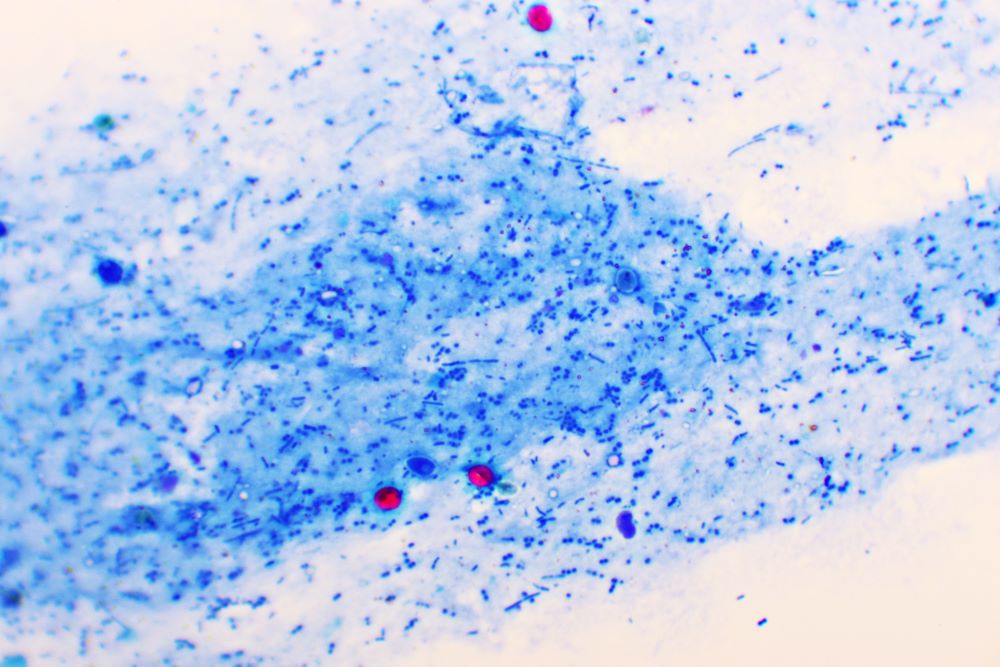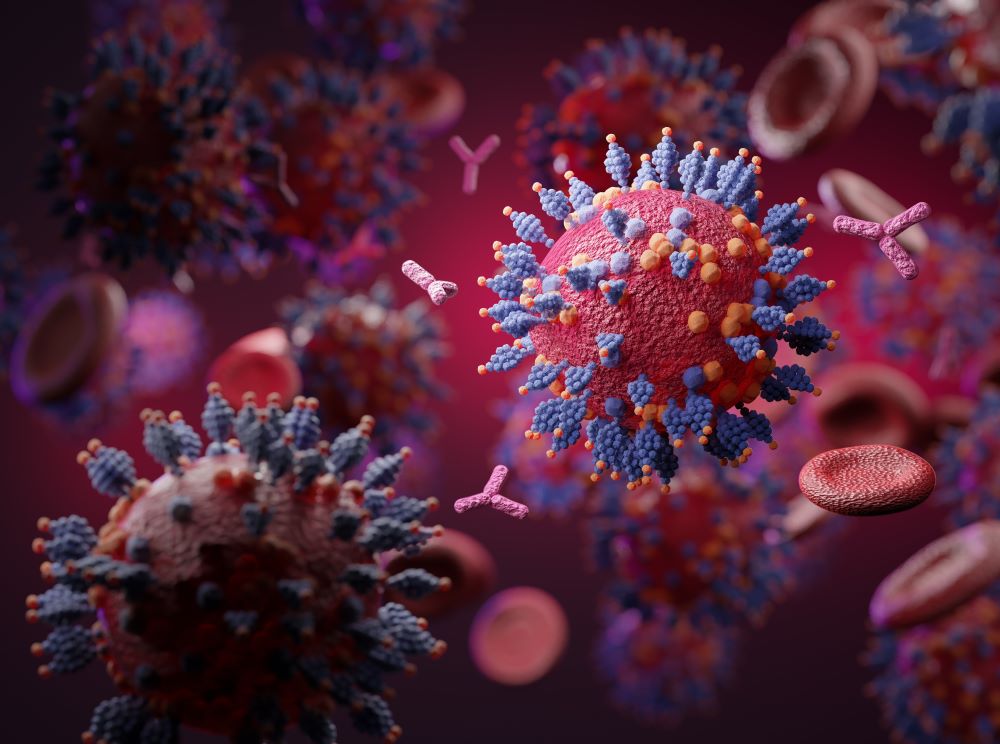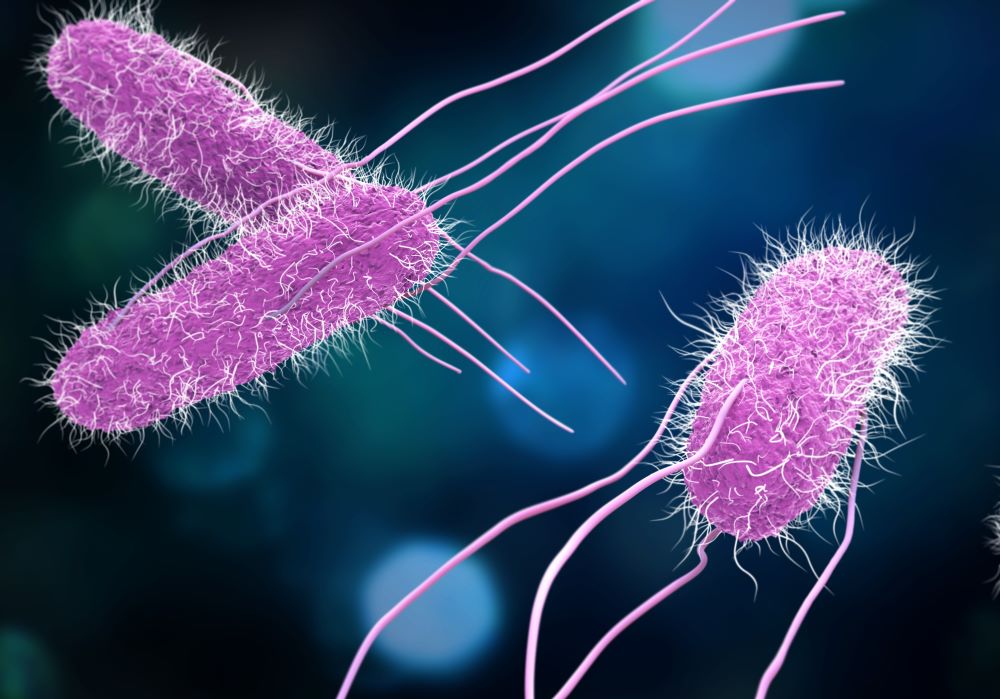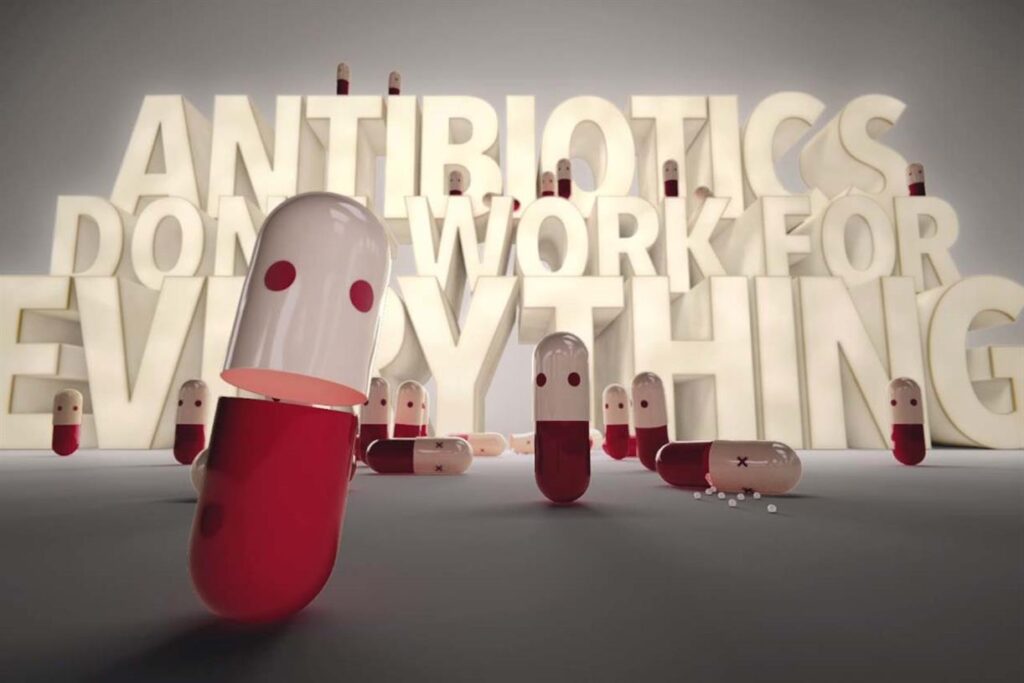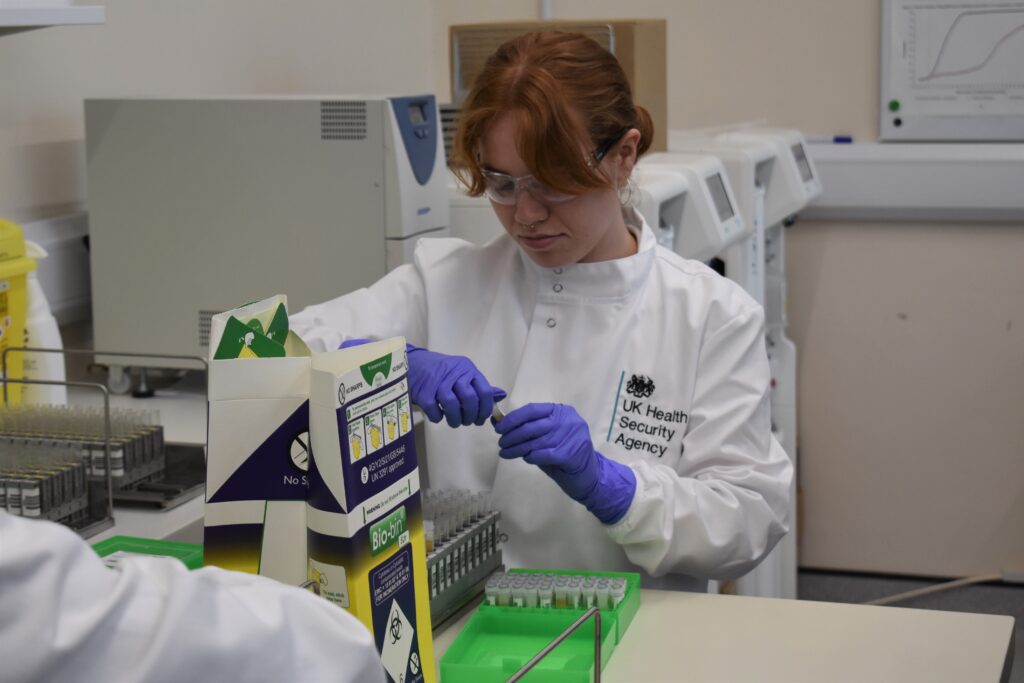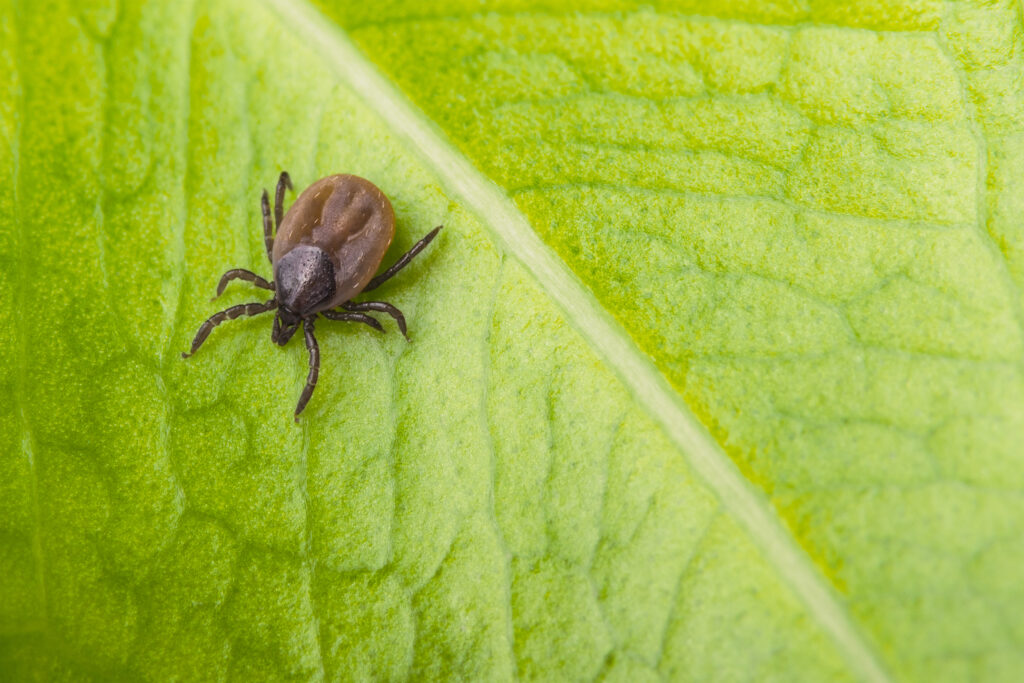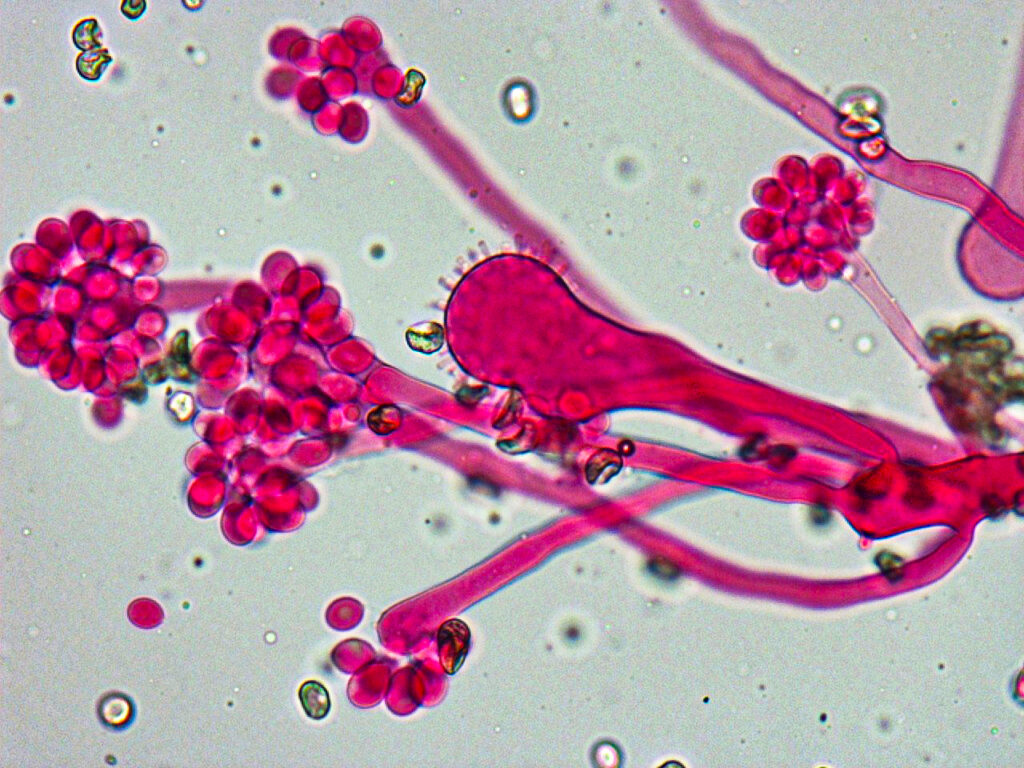What is whooping cough and is there a vaccine?
What is whooping cough and is there a vaccine?
Whooping cough, also known as pertussis, is a highly contagious bacterial infection that mainly affects the lungs and airways. Whooping cough is sometimes known as the 100-day cough because of how long it takes to recover from it. What are …


